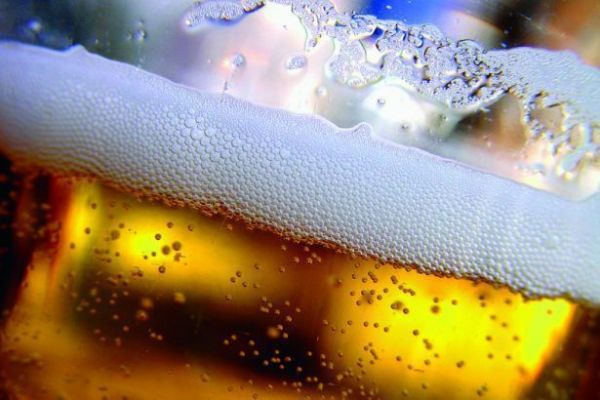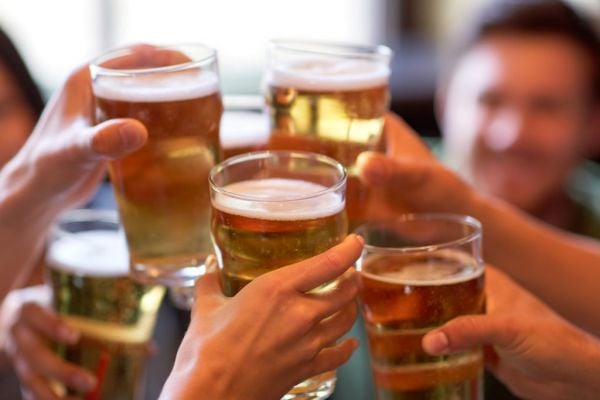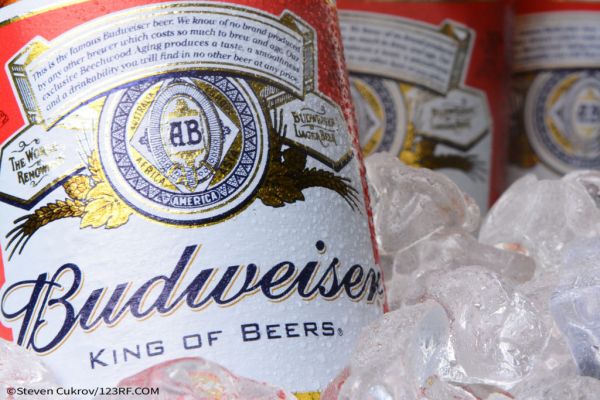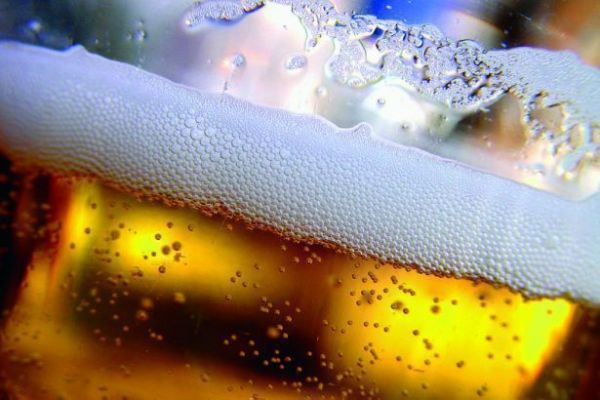Heineken, the world’s third-largest brewer, has some sponsorship advice for the International Olympic Committee: Less is more.
Too many brands can attach themselves to IOC's famous Olympic rings, says the Amsterdam-based beer company. The landscape is too cluttered, making it hard for the biggest sponsors to stand out from smaller ones.
"You can’t see the difference between a global sponsor and a local one," Hans Erik Tuijt, head of global sponsorship at Heineken, which backs the Dutch Olympic Committee. "They have the same rings and people don’t see the difference. I think they have an issue."
Some 60 brands are able to use the Rio 2016 Olympics logo in one way or another, starting with the IOC’s 12 top sponsors, who paid more than $1 billion for the current four-year Olympic cycle. The Rio 2016 organizing committee also sold three separate packages for advertisers: official sponsors, official supporters and suppliers.
This has led to a barrage of Olympics iconography. Buses advertise bug spray OFF, a latecomer to the group of sponsors, as they drive past a hotel that’s been taken over by top-line sponsor Nissan Motor Co. Close to the Olympic Park, a shopping center declares itself the official mall of the Games, a privilege it acquired by offering Rio 2016 the use of its car park. Around the venues, fans carry stacks of souvenir cups branded by Brazilian beer company Skol.
Heineken’s biggest sponsorship is with soccer’s Champions League, a tournamentthat runs for nine months and is limited to seven sponsors. It will also startas a sponsor of Formula One at the Italian Grand Prix in September.
Rio organizers needed a lot of company support, either in cash or in trade for goods and services, in order to raise 7.4 billion reais ($2.3 billion) to stage the games. Brazil’s worst recession in decades didn’t make it easy. “All of our sponsors are happy,” said Rio 2016’s spokesman Mario Andrada.
The IOC tries to keep actual athletic events clear of marketing. Swiss timekeeper Omega SA has been able to get its logo into events like swimming and track and field by displaying oversize timing devices. Replays are shown on Panasonic Corp. screens.
Tuijt’s comments were echoed by Tim Crow, managing director of London-based sports advisory firm Synergy, which has advised Olympic sponsors since the Atlanta games in 1996.
"There does come a point when you say is enough is enough," he said. "I would certainly be pressing the IOC on that and I’m sure brands are looking at whether to carry on. A smart sponsor, if they do a great ad campaign or a great social campaign, they can cut through. I think it’s going to be a really big problem at Tokyo in 2020 - they could end up with 60, 70, 80 sponsors.”
The IOC will bank $5.6 billion for the four years through the Rio 2016 games, with $4.1 billion related to the sale of broadcast rights.
“We are able to find the right balance between securing critical funding, promotional and product support from the private sector, whilst protecting the uniqueness of the Olympic brand,” the IOC said in a statement.
Given that sponsorship accounts for 20 percent of total revenue, Tuijt said it doesn’t make sense to dilute the effect of the agreements to the biggest partners, which include Coca-Cola Co. and Procter & Gamble Co..
TD Ameritrade, which sponsors the U.S. Olympic Committee, says it’s been satisfied.
“There are a number of USOC sponsors, but we own the financial services-personal investing-wealth management space,” said Dedra DeLilli, marketing director for the brokerage. “It’s the brand’s responsibility to make sure their message is different and can stand out.”
News by Bloomberg, edited by Hospitality Ireland









